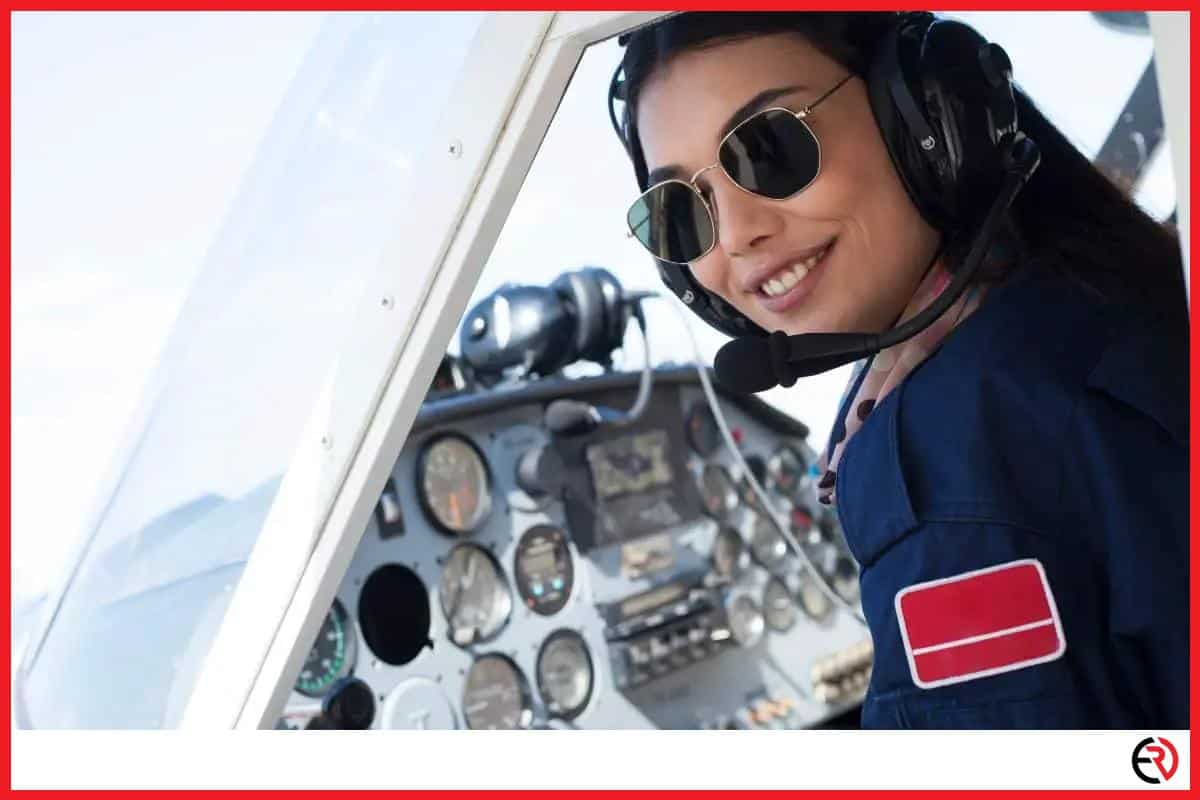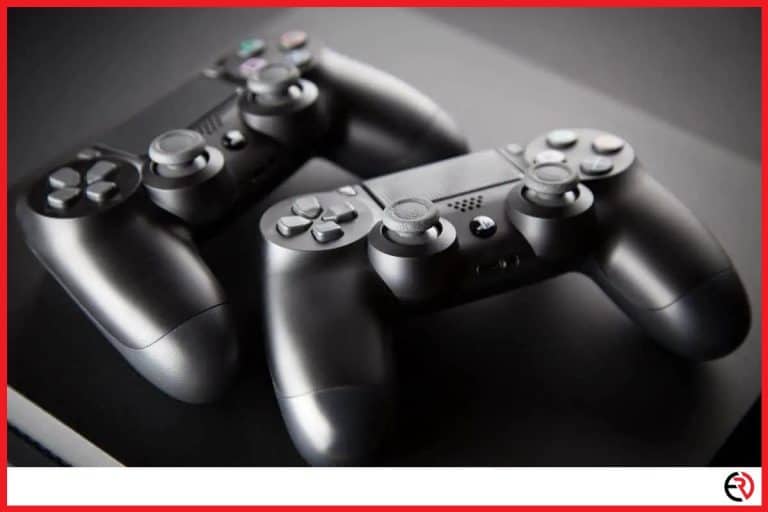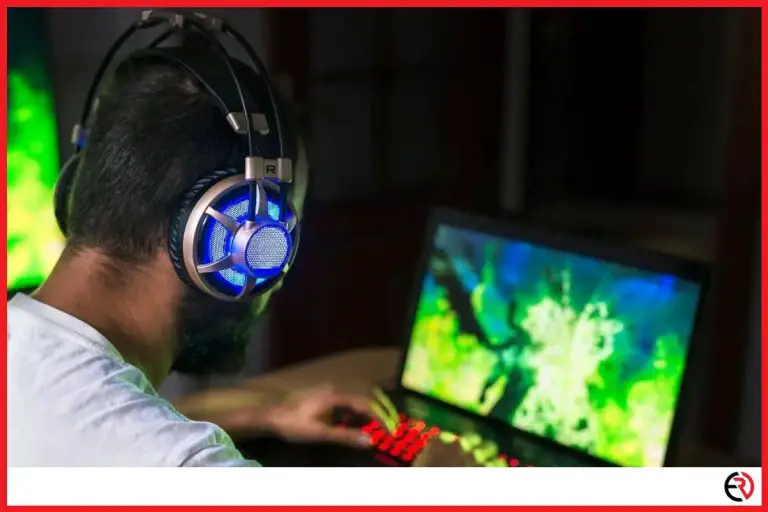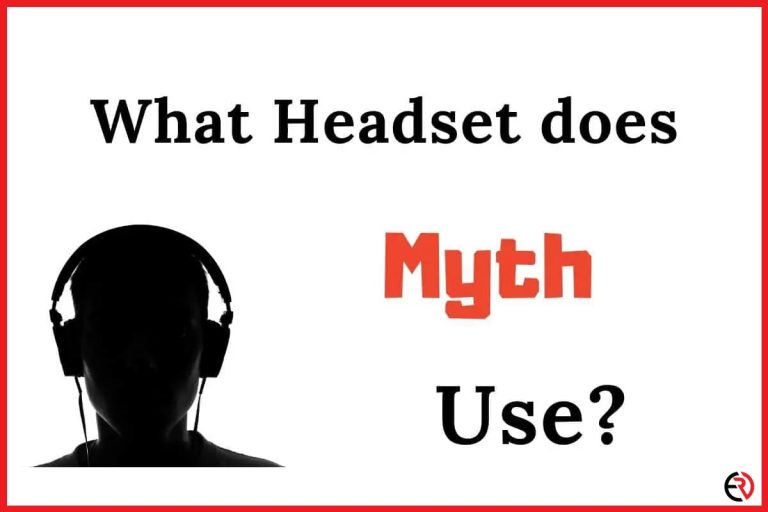What Headsets Do Airline Pilots Use?
This post may contain affiliate links which means that, if you choose to make a purchase, I may earn a small commission at no extra cost to you.
Communication is key to safe travel when you’re gliding over 30,000 feet in an aluminum tube. You need a good pair of aviation headsets to communicate with other aircraft and nearby towers. Regular consumer headsets just don’t make the cut.
Airline pilots use aviation headsets that are pretty different from regular headsets. These specialized headsets are used by new recruits in flight training and by pilots with years of experience.
Before diving deeper into the topic, let’s check out some of the best aviation headsets you can buy.
| Headsets | Bose A20 | Bose Proflight Series 2 | David Clark H10-13.4 | Lightspeed Sierra | ASA HS-1A |
| Price | Check Price on Amazon | Check Price on Amazon | Check Price on Amazon | Check Price on Amazon | Check Price on Amazon |
| Form Factor | Over-Ear | In-Ear | Over-Ear | Over-Ear | Over-Ear |
| Weight | 12 ounces | 4.5 ounces | Over 1 pound | 1 pound | 2 pounds |
| Connectivity | Wired and Bluetooth | Wired and Bluetooth | Wired | Wired and Bluetooth | Wired |
| Noise Reduction | ANR | DNR | PNR | ANR | PNR |
Features of a Good Aviation Headset
Pilots have very different needs compared to regular consumers. While pilots do love good music like regular people, that’s not the main purpose of an aviation headset. Instead, the headset needs to be great at communication, protect your hearing, and should be very comfortable for long flights. Let’s check out the features you need to look out for in a good aviation headset.
Noise Reduction
Noise Reduction is one of the most important factors when choosing an aviation headset since it protects your hearing. Moreover, noise reduction helps pilots to listen to instructions from control towers and other aircraft with more clarity. There are three major types of noise reduction technology in the market. Let’s check them out.
1. PNR – PNR stands for Passive Noise Cancellation and this technology is used in most budgets and cost-effective headsets. PNR is achieved through the use of special types of foam and ear pad designs. Headset manufacturers use thick multi-layered foam padding on the ear cups or ear tips to passively reduce as much noise as possible. PNR also relies on the clamping force of the headset so that it makes a tight seal over your ears.
2. ANR – Active Noise Reduction(ANR) works in a completely different way compared to PNR. It’s the same technology you find on ANC headphones. In fact, ANC was first developed to protect pilots from aircraft noise and later on trickled down to regular consumer-grade headphones.
ANR headsets use mics outside the earcups to detect ambient noise. To cancel out the ambient noise, the drivers on the headset produce an anti-phase signal that’s opposite to the ambient noise. While doing this, the drivers also play music or transmit radio communication and GPS instructions to the pilot.
Due to the use of extra electronic components in ANR headsets, they are usually battery-powered. ANR headsets are almost always superior to PNR headsets and can reduce noise by as much as 10dB to 20dB.
3. DNR – Dynamic Noise Reduction(DNR) headsets are like polished ANR headsets that have better tricks up their sleeves. While DNR headsets also pick up ambient noise, they convert that into a digital signal that is then processed by a microchip for identifying repetitive low-frequency and mid-range noise. Then the processor makes the driver create the exact opposite signal to cancel out ambient noise.
That’s why DNR headsets are a bit more accurate than ANR headsets, and due to digital processing, they aren’t just limited to low-frequency noise. They can detect and cancel out ambient noise till the 3.5kHz mark. They also have better noise suppression at around 15dB to 25dB. That’s why you’ll find this technology only in very expensive aviation headsets.
Style
Style is also very important when choosing aviation headsets. While I do like to look at myself in the mirror with a sich Over-Ear pair of aviation headsets, it’s not just for vanity. They can also decide on functionality. Most aviation headsets come in Over-ear and On-ear styles.
In my opinion, they are the most suitable headsets for most people since they fit everyone and offer a certain level of passive noise isolation in most situations. However, in-ear aviation headsets have been coming to the market, and they have their own unique advantages. While they aren’t suitable for flying helicopters with open doors, they offer exceptional noise suppression in the closed cockpits of jets.
They are also lighter than over-ear headsets. While most over-ear headsets weigh in pounds, in-ear headsets weigh a fraction of a pound. That makes them more comfortable for long flights. However, I don’t prefer in-ear headsets since they sit inside the ear canal and some pilots share the same opinion.
Comfort
Comfort is also a big factor that influences aviation headset design and purchase decisions. While I have the luxury to return a pair of headphones if they don’t feel comfortable, a pilot doesn’t have the same option when they are 35,000 feet above the sea. The ideal aviation headset should sit on your head and feel like they aren’t even there after a while.
As a pilot, you’re responsible for the safety of hundreds of people in a giant metal box high up in the air and you don’t want distractions from an uncomfortable headset. Moreover, an uncomfortable pair of aviation headsets would impede you from receiving instructions in a smooth manner. You don’t want an uncomfortable pair of headsets especially when you’re on a long flight.
With that out of the way, let’s check out some of the best aviation headsets you can buy.
1. Bose A20(Best Overall)
The Bose A20 is usually the most expensive pair of headsets on most headset lists, and this one is no different. While there is a non-Bluetooth version of this model, saving a few bucks and losing wireless connectivity and convenience doesn’t make any sense. Especially when the headset consistently costs around four figures.
The A20 does justice to the Bose brand name and delivers amazing sound quality. However, that’s the least impressive feature of this headset. I’ve worn and tested hundreds of headphones, and this one certainly scores one of the top spots in terms of comfort. The earmuffs are made from synthetic leather and are easily replaceable. The foam has the perfect density to provide good cushioning as well as a nice seal.
At the top, you get two foam pads that make me feel like the headset is floating on my head. The ANR tech also does a good job of suppressing noise in crowded airports and loud runways. Moreover, the headset has a folding mechanism on the headband and comes with a carrying case. Apart from the headset, the carrying case also has pouches and slots for your pilot’s license, business cards, batteries, and more.
Pros
- Great noise reduction.
- Incredible sound quality.
- Extremely comfortable design.
Cons
- Very expensive.
- Wearing glasses with the headset can be tricky.
2. Bose Proflight Series 2(Best In-ear Aviation Headset)
The first iteration of the Bose Proflight Series wasn’t too impressive. However, the Proflight Series 2 completely changes that. The first thing you notice after picking up the headset is its weight. At around 5 ounces, it is lighter than any other aviation headset I’ve tried. Most of that comes from the headband and other structures for making the headset comfortable and to keep everything including the microphone in place.
The noise cancellation on this one works even better than the Bose A20 since it uses advanced DNR technology. The headset also comes with a large and tactile control module that allows me to control both ANC and Bluetooth functionality. The sound coming from the headset is also crisp and allows for crystal clear communication. However, the headset is not suited for helicopters and piston aircraft with open cockpits. It’s best to use this headset inside isolated and pressurized flight decks.
Pros
- Very lightweight and comfortable.
- Doesn’t interfere with eyeglasses.
- Superb noise suppression technology.
Cons
- Takes time to get used to.
- Quite expensive.
3. David Clark H10-13.4(Best Value for Money)
David Clark H10-13.4 is a very familiar and reliable headset in the aviation industry. The brand behind it is also well-known and ruled the market before Bose swept in with their ANR technology. Despite its unintuitive name, the H10-13.4 is a headset that is used by pilots in almost all kinds of aircraft.
It features solid ear cups with thick foam padding and vegan leather to block out most of the ambient noise. The double foam head pad does a good job at distributing the weight of the headset and makes it very comfortable for long flights. One of the highlighting features of this headset is its noise-canceling microphone. It eliminates background noise so that transmission is always clear from your end.
While the headset lacks ANR, it makes up for it with superb passive noise reduction and industrial build quality. The headset is also backed by a 5-year warranty period from David Clark so that you get the most out of your money.
Pros
- Offers great value for money.
- Tactile and accessible volume control knob.
- Built to last for years.
Cons
- No ANR.
- Lack of audio input.
4. Lightspeed Sierra(Best Mid-range Option)
If you’re looking for a solid mid-range aviation headset, Lightspeed Sierra is the best bet. It offers great features you expect in flagships like the Bose A20 without breaking the four-figure barrier. One of its most underrated features is Bluetooth integration along with the FlightLink app. You can download the Flightline app on your phone and connect the headset to your phone. This way all the cockpit audio gets recorded on your phone and after the flight, you can use it for a debrief or for reviewing your own performance.
The Sierra also has excellent ANR performance and manages to keep it quiet even in very noisy environments. It also has a pragmatic headband adjustability design that makes the headset fit almost all head sizes. I was also surprised by the ComPriority feature. As the name suggests, with this feature turned on, audio from the aviation jack is always prioritized. So, even if something is playing via the auxiliary jack or Bluetooth, all that gets muted when there’s a sound signal from the aviation jack.
Pros
- Fits a wide range of head sizes.
- Offers ANR and wireless connectivity at a reasonable price.
- The ComPriority feature prioritizes sound from aviation jacks over other sources.
Cons
- The microphone is too sensitive and adjustability is limited.
- The carrying case could be improved.
5. ASA HS-1A(Best Budget Option)
For student pilots, the ASA HS-1A is one of the best budget aviation headsets on the market. Student pilots have a very limited budget since they have few options for making money while in training. The unbelievably cheap price of the ASA HS-1A makes it a great beginner headset, and you can turn it into a capable passenger headset after you upgrade to something better.
It’s a simple headset that nails the basics. The sound quality is impressive for the price, and passive noise reduction also works surprisingly well on this inexpensive set of cans. You can adjust the microphone, and it’s built well enough to last for years with casual use. The gel ear cushions are also very comfortable as long as your flight time is less than two hours. This headset was designed for beginners and passengers and does a fine job at that.
Pros
- Unbelievably inexpensive.
- Dedicated volume control on both ear cups.
- Can become a good passenger headset.
Cons
- Strong clamping force becomes uncomfortable after long flights.
- Doesn’t come with a complimentary carry case.
Conclusion
As a pilot, you are spoilt for choice when it comes to aviation headsets. If you’re a student pilot and limited by budget, you can opt for the ASA HS-1A. On the other hand, you may want to pick up the Bose A20 if you fly long-haul jets regularly. Either way, make sure to test out new headsets for a few hours before you go on a flight.












